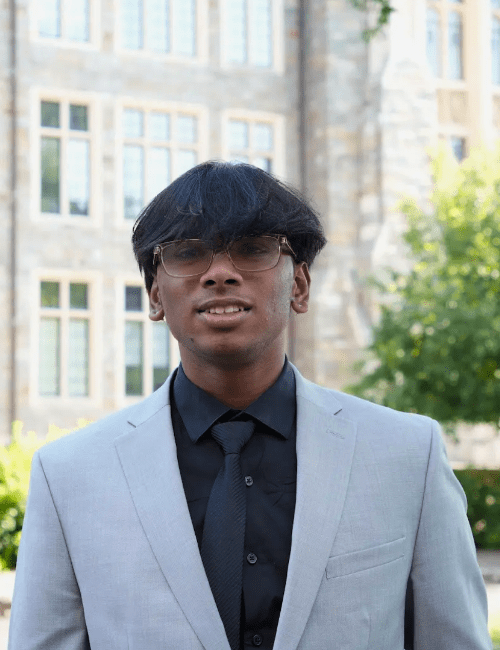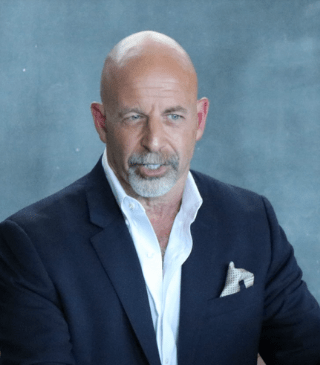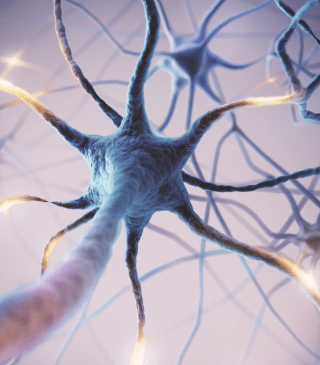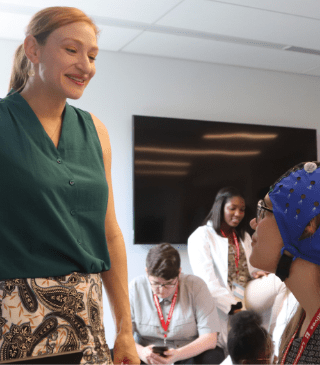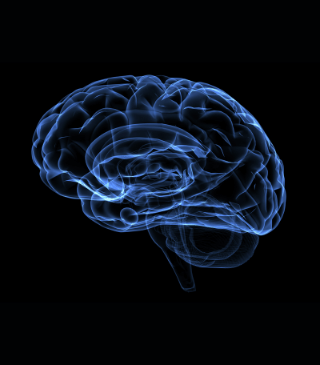Amarsai_Kusumanchi
My Ethical Investigation Research
My research analysis explored the necessary questions and implications to consider while pursuing research about regulating increasing fast fashion consumerism habits among teenagers and its future applications. It highlights key ethical considerations that must be addressed to ensure the responsible development and use.
In order to answer this question, I reviewed the literature to make informed conclusions about the current status of regulating increasing fast fashion consumerism habits among teenagers research. I then devised a guide and framework to recommend with the aim of ensuring that a thorough, holistic ethical review of regulating increasing fast fashion consumerism habits among teenagers is conducted as its findings progress.
Our analysis suggests that regulating increasing fast fashion consumerism habits among teenagers will have several implications that should be anticipated and addressed. My research tackles overconsumption and fast fashion, fueled by platforms like TikTok Shop, by investigating teenage engagement with online shopping. I developed a social media campaign called “Stop the Shop,” leveraging neuromarketing, influencer partnerships, and educational materials to curb consumerism, protect the environment, and educate youth.

My Ethical Analysis Presentation
In the Advanced Medical Neuroscience Internship, I worked directly with some of the world’s leading scientists to learn about neuroethics, neurocognitive health, and revolutionary developments in the field.
At the conclusion of the internship, I presented my research to an esteemed panel of judges, including Dr. James Giordano, Chief of Georgetown University’s Neuroethics Studies Program, and Dr. Rachel Wurzman, faculty with the Pellegrino Center for Clinical Bioethics at Georgetown University.
In order to address the discourse and illuminate the ethical considerations while reviewing the research about regulating increasing fast fashion consumerism habits among teenagers, it is essential to critically examine the methodologies, biases, and implications involved through their feedback.
The Frontier Of Neuroscience
Center For Functional And Molecular Imaging
The Center for Functional and Molecular Imaging (CFMI) at Georgetown is one of the world’s leading institutions with expertise in structural, functional, and brain imaging.
While visiting the CFMI, I met Dr. Ashley VanMeter, Director of the Neuroimaging Corps at Georgetown University, who described to me the rationale, protocols, capabilities, and limitations of functional magnetic resonance imaging for clinical and basic science applications.
I not only learned about the science behind fMRI, but also had the opportunity to see a machine that possesses a magnetic power of 30,000 times the strength of Earth’s magnetic field.


Neuromodulation
Dr. Adam Green, Director of the Lab for Relational Cognition at Georgetown University, introduced the potential of neuromodulation, which targets specific neurological sites using electrical or chemical stimulation to treat various conditions.
I learned about transcranial direct current stimulation (tDCS) and explored consumer neuromodulation devices that apply electrical currents through headsets or electrode bands.
In a hands-on activity, we used electrical signals from my muscle to activate another intern’s muscle, allowing us to control each other’s arm movements. This demonstrated the real-world impact and possibilities of neuromodulation technology.
Internship Highlights

I had the chance to work and collaborate directly with Dr. James Giordano, Chief of Georgetown University’s Neuroethics Studies Program.
In addition to his involvement with a variety of educational institutions, Dr. Giordano is the author of over 350 publications in neuroscience and neuroethics.
During our first meeting, Dr. Giordano guided us through an exploration of our own brains, minds, and selves, probing for the problems, meanings, and questions within the world that surrounds us.
In subsequent meetings, Dr. Giordano frequently prompted both introspection and extrospection to encourage familiarity with our own minds, as well as our environment, and how the two can interact to our benefit.
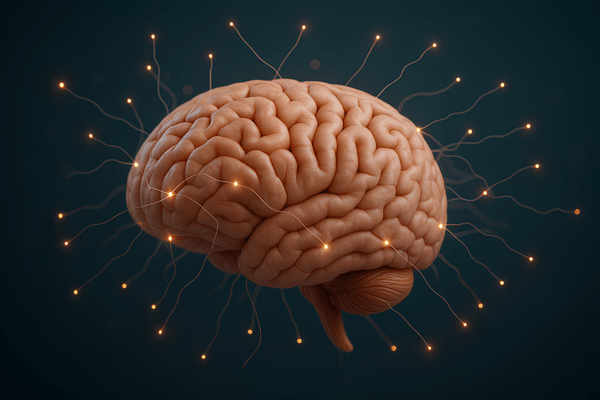
I had the unique opportunity to learn from Dr. Michael Okun, a neurologist, neuroscientist, and founder of the University of Florida’s Movement Disorders Program.
The university’s program aims to provide interdisciplinary and integrated care that facilitates communication between all members of their team to provide the best care possible.
Within his work, Dr. Okun utilizes Deep Brain Stimulation (DBS), which operates like a pacemaker within the brain and is often inserted via conscious surgery.
During this operation, electrodes are put in the brain to regulate electrical signals and help with conditions like Epilepsy, Parkinson’s Disease, Dystonia, Obsessive Compulsive Disorder, and Essential Tremor.

Under the guidance of Dr. Galam Khan, Assistant Director of the Georgetown Brain Bank, I had the opportunity to dissect a sheep brain. This hands-on experience brought anatomy to life and reinforced what I had learned through observation and discussion. Dr. Khan’s explanations helped connect structure to function in a meaningful way.
During the dissection, we identified key regions such as the hippocampus, cerebellum, and corpus callosum, discussing their roles in memory, coordination, and communication between brain hemispheres. Seeing these structures up close made their clinical relevance much clearer.
This experience deepened my appreciation for the brain’s complexity and strengthened my interest in neuropathology. Working directly with brain tissue under expert guidance gave me a better understanding of how anatomical changes can lead to distinct neurological symptoms.
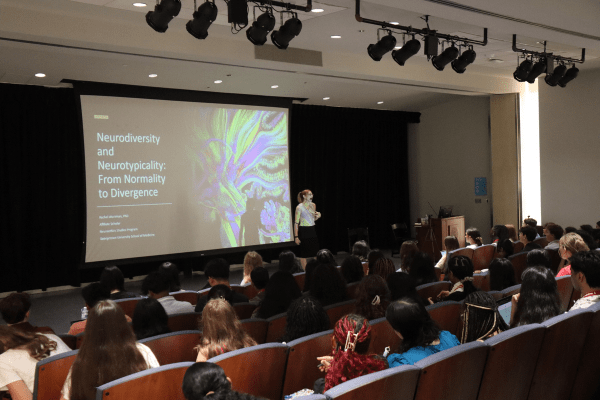
Along with Dr. Giordano, I had the opportunity to work closely with Dr. Rachel Wurzman, a Dana Foundation Fellow in Neuroscience and Society.
Dr. Wurzman encouraged us to think critically about the questions that help drive science forwards and improve our understanding of the world around us through a biopsychosocial lens. She also lent her expertise of neuroplasticity, neurodiversity, and neuroethics to help our team develop our research proposal.
In addition to our work with Dr. Wurzman, we had the opportunity to meet with a variety of neuroscientists with a variety of unique specialities.
One such professional was Dr. Fernando Pagan, a Georgetown Neurologist and the Director of Movement Disorders, who is a nationally recognized leader in Parkinson’s Disease treatment. We were able to learn about Movement Disorders from various perspectives as Dr. Pagan was joined by Captain Rick Schena, who lives with Parkinson’s and explains how his treatment plan allows him to still do what he would like to do.


